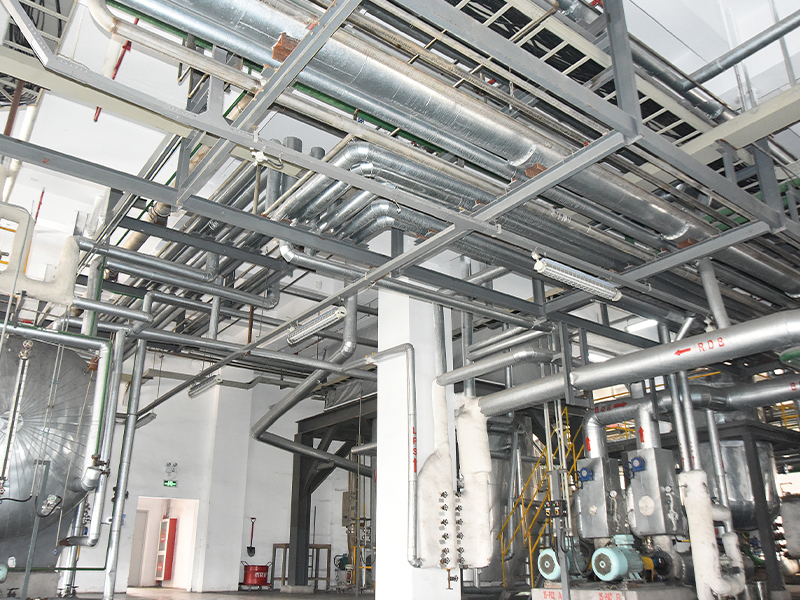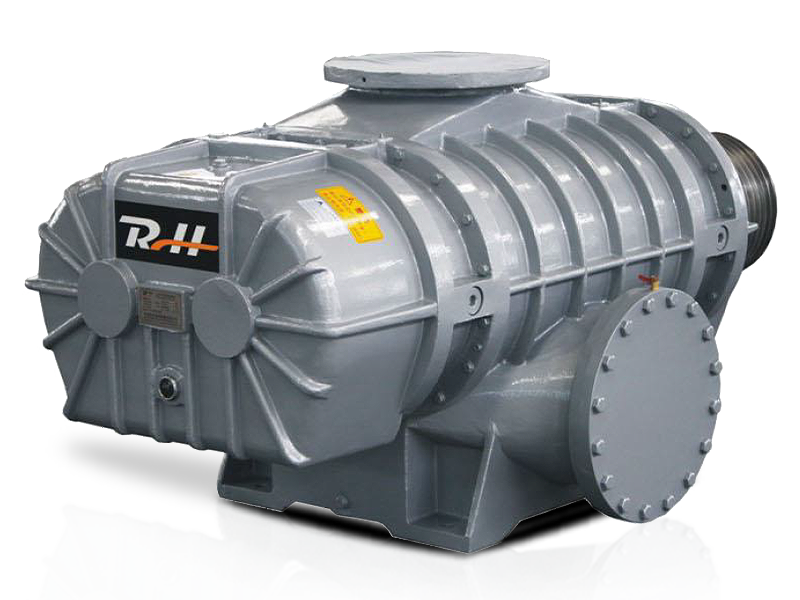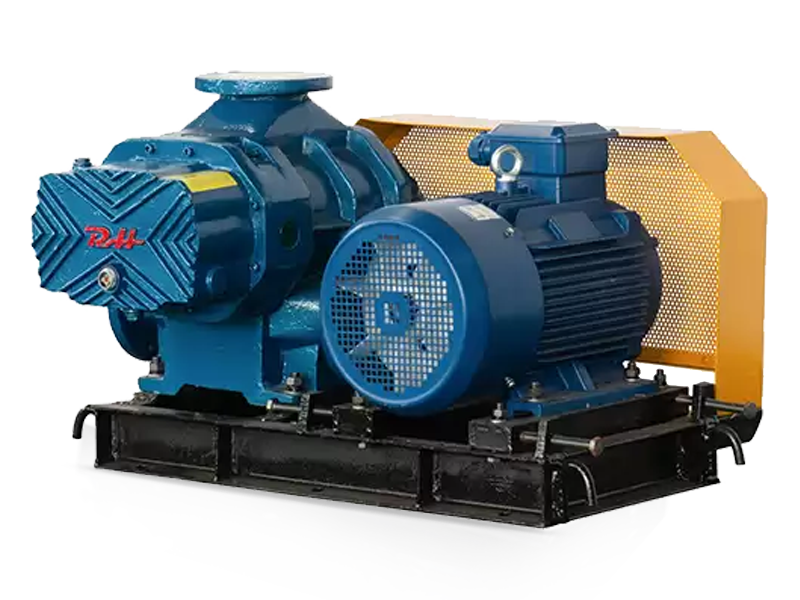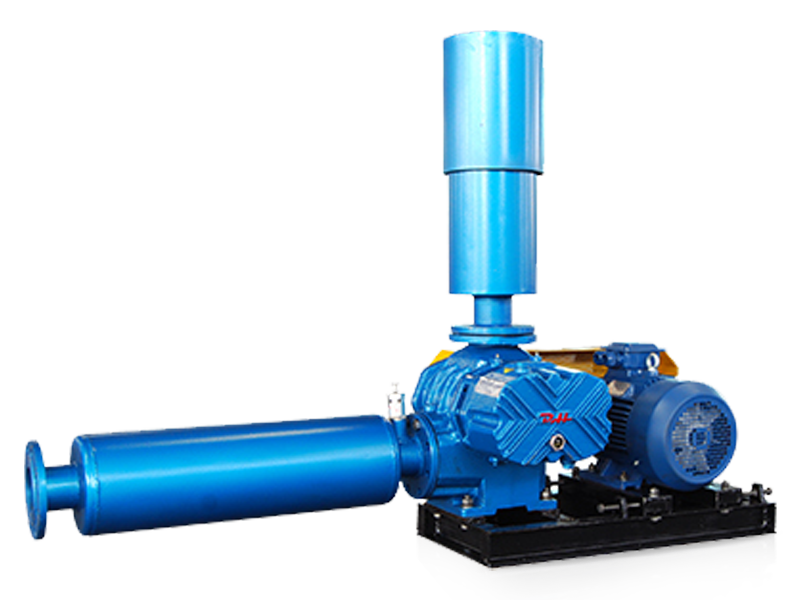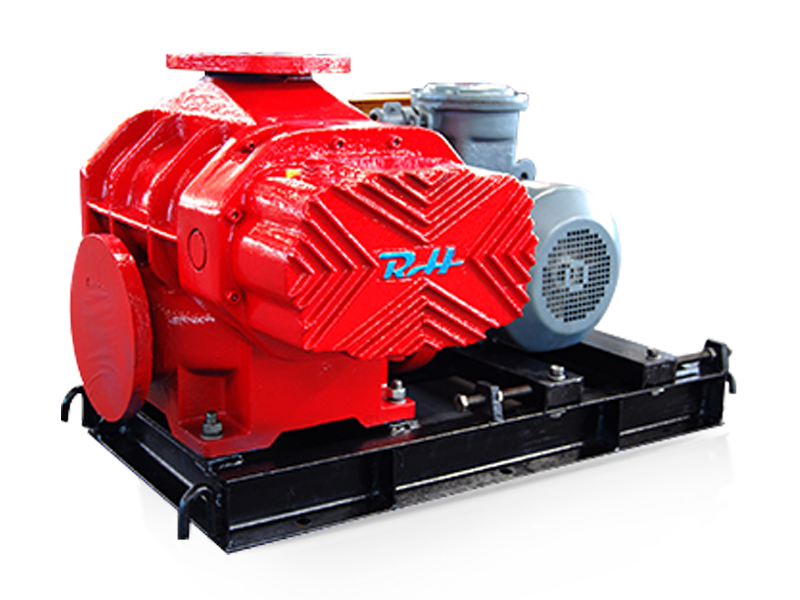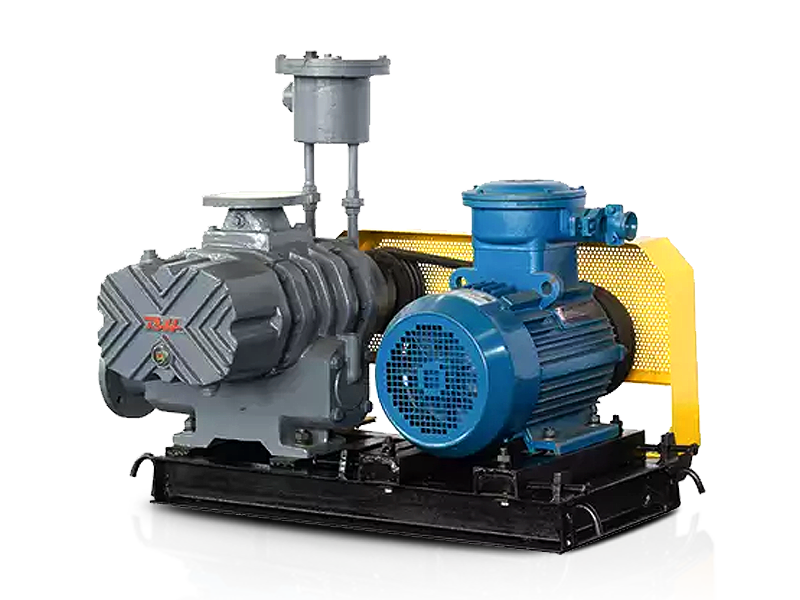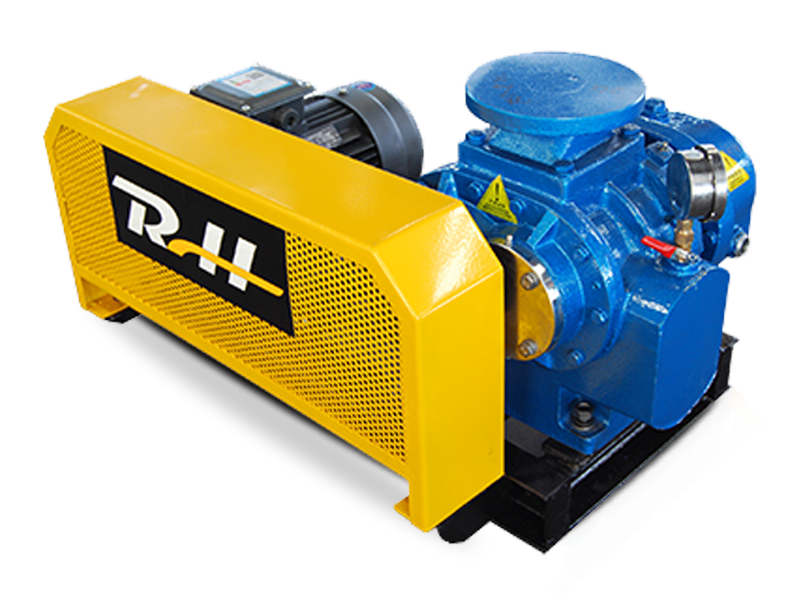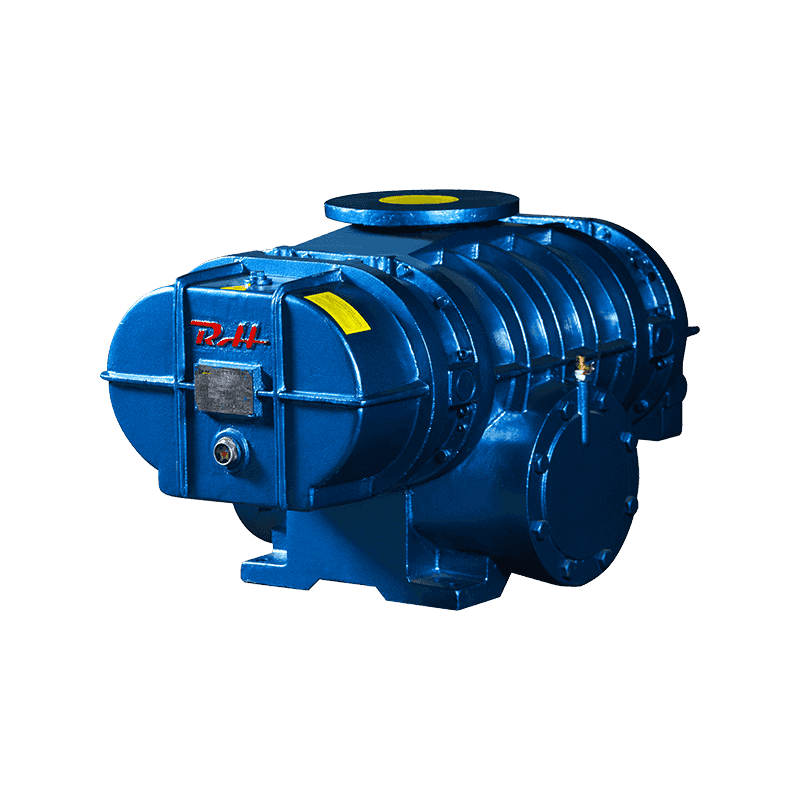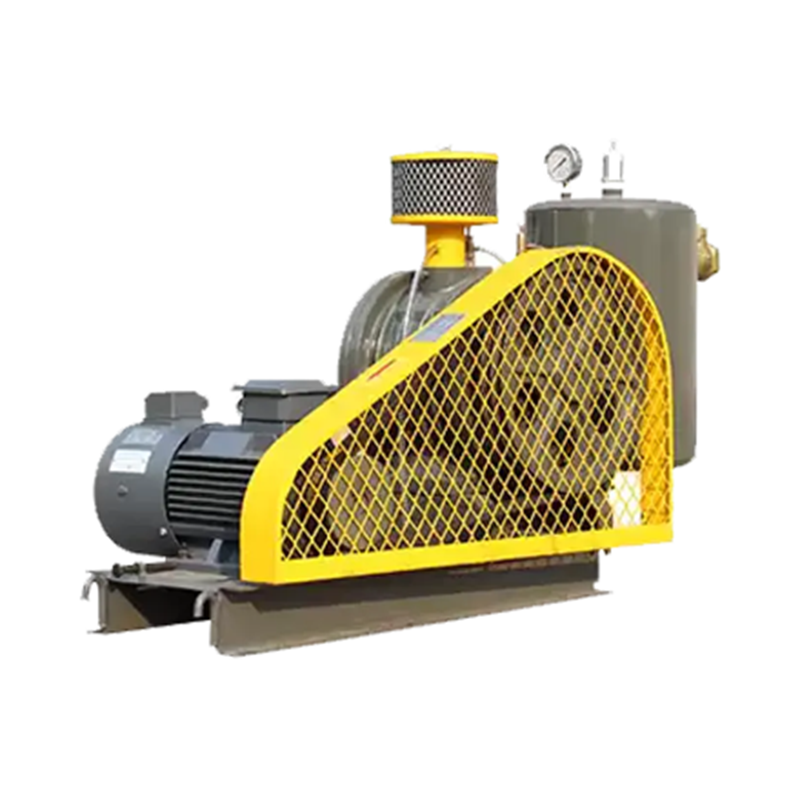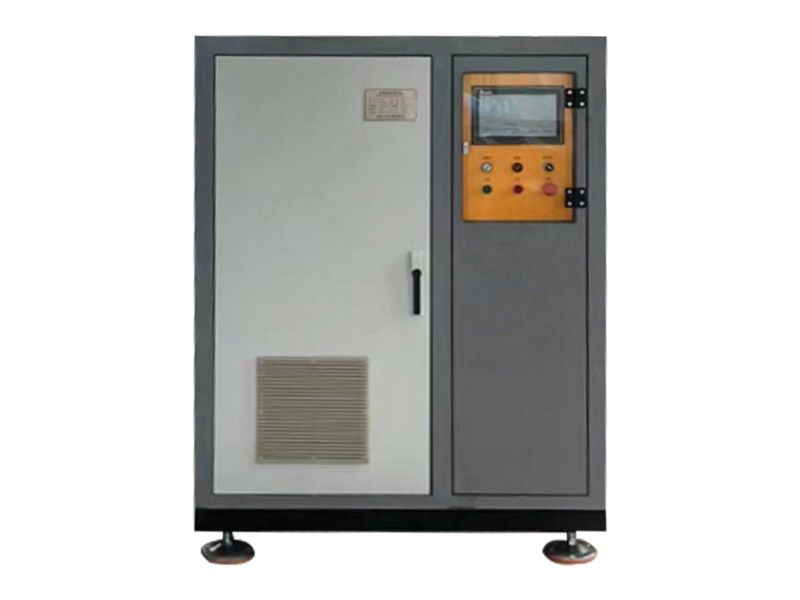Effects of Different Loads on Rotary Blowers:

Increasing load generally leads to higher energy consumption of the Rotary blower. This is because at higher loads, the blower needs to generate more airflow or pressure, which requires more energy to drive.
2. Efficiency:
Within a certain range, the efficiency of a blower can be affected by the load. At design load, the blower usually maintains high efficiency. However, when the load exceeds the design range, the blower may operate in its low-efficiency region, reducing overall efficiency.
3. Stability:
Lower loads can affect the stability of the blower operation. At low loads, the blower may experience over-speeding or over-pressure issues, which can lead to performance fluctuations or even failure.
4. Longevity:
Long-term operation at high loads can affect the blower's lifespan, as it can increase the risk of wear and tear on its components. Conversely, long-term operation at low loads may reduce component wear but can also lead to other problems such as deposit build-up and insufficient lubrication.
Conclusion:
Different loads can have various effects on Rotary Blowers, including energy consumption, efficiency, operational stability, and lifespan. To maximize the efficiency and performance of the blower, it is important to ensure that it operates within the design load range and to implement proper control and maintenance measures.


 русский
русский Español
Español عربى
عربى
